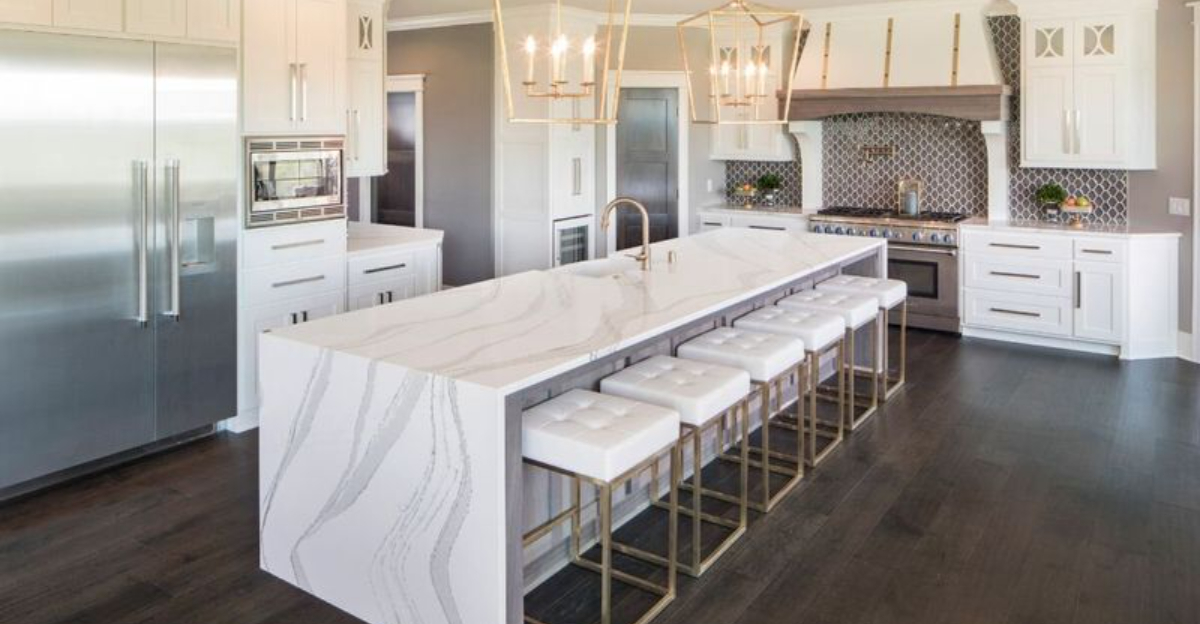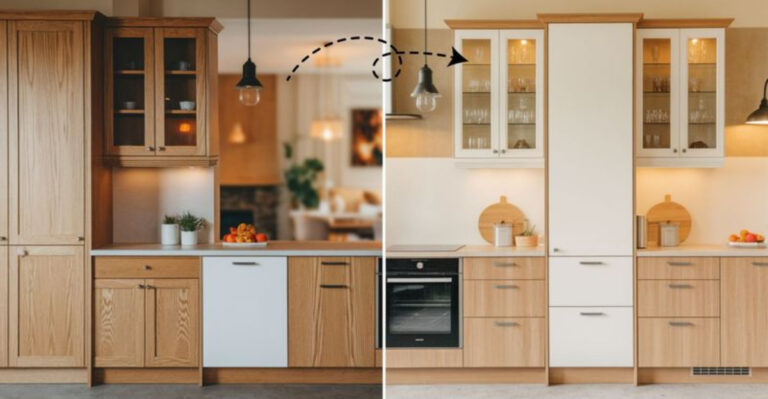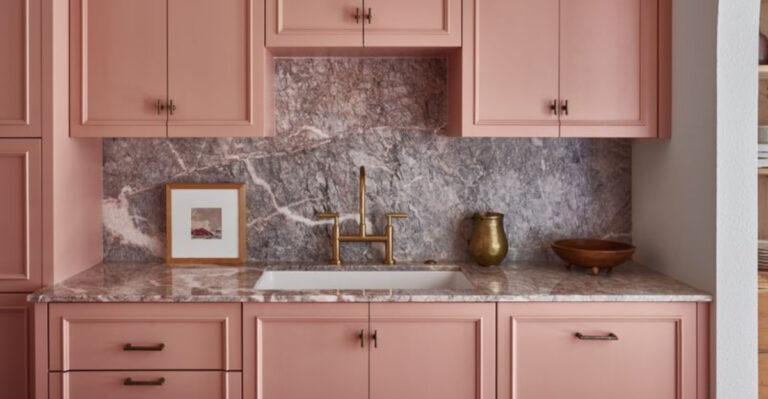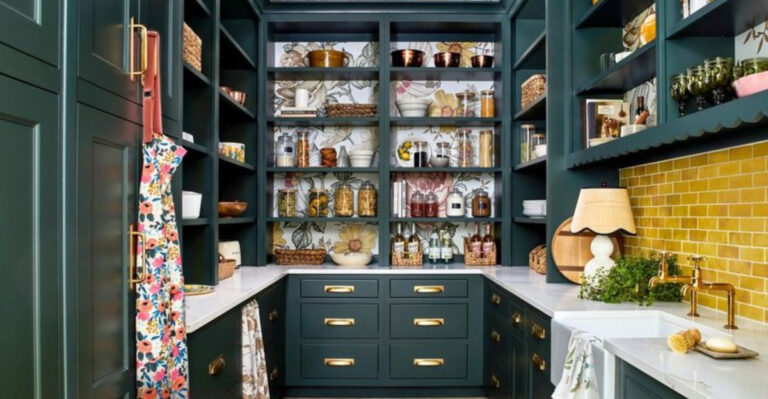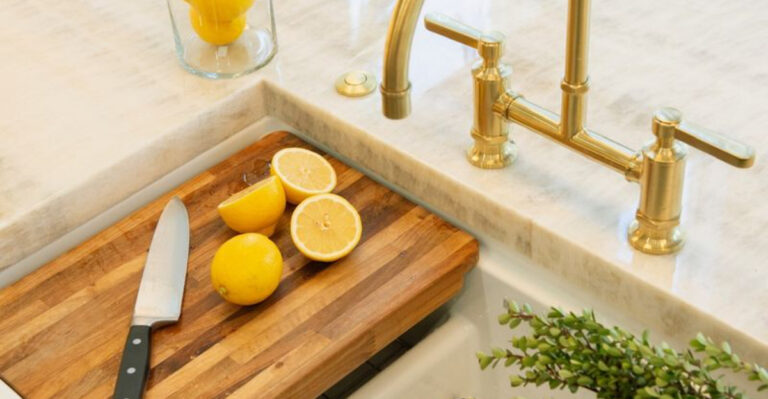12 Kitchen Trends Designers Say Are Totally Impractical For 2025 (And 5 Already On The Way Out)
Some kitchen trends look stunning online, but living with them? That’s a whole different story. I’ve fallen for the glossy magazine looks too, only to realize they don’t always work in real life.
Designers are now speaking up about the features that may wow on Instagram but fail when it comes to daily function and long-term comfort. In 2025, it’s all about practicality.
So if you’re dreaming up a remodel or just curious about what’s going out of style, this list is a must-read. These are the kitchen trends designers say are losing steam, and a few that are already done.
1. Floating Shelves Instead of Upper Cabinets
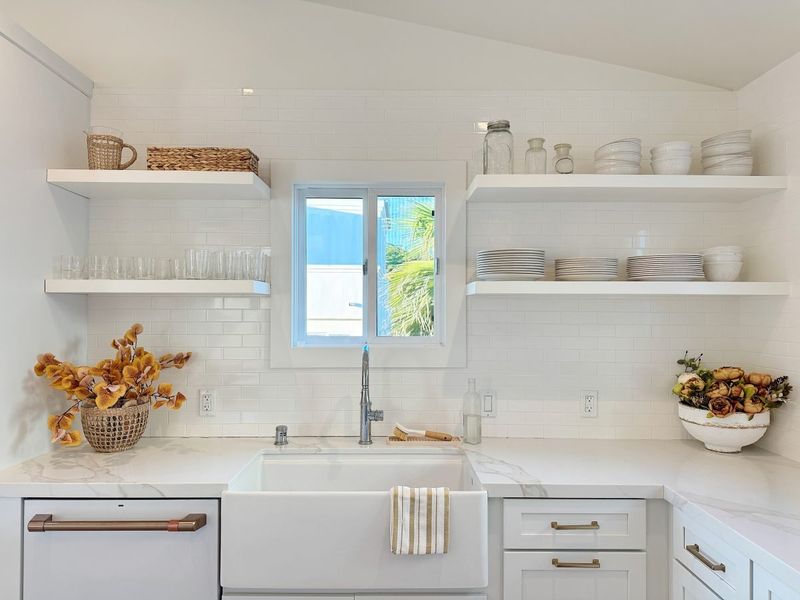
Picture this: every coffee mug, dinner plate, and cereal bowl on display 24/7. Floating shelves might look sleek in magazine photos, but they turn your kitchen into a dust-collecting nightmare.
Everything sits out in the open, gathering grease from cooking and requiring constant cleaning. One small earthquake or enthusiastic door slam sends your favorite dishes crashing to the floor.
Storage space shrinks dramatically compared to traditional cabinets. You lose the ability to hide everyday clutter, making your kitchen look messy even when it’s technically clean and organized.
2. All-Glass Cabinet Fronts
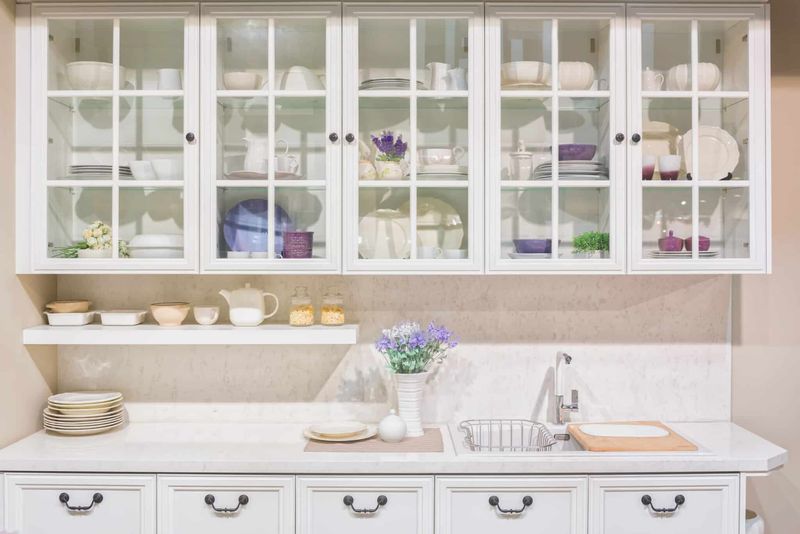
Glass cabinets transform your kitchen into a museum where everything must look perfect at all times. Every mismatched container, half-empty box, or randomly stacked plate becomes part of your kitchen’s visual story.
Fingerprints appear instantly on glass surfaces, especially around handles. Kids and adults alike leave smudges that require daily cleaning to maintain that pristine showroom appearance.
Organization becomes a full-time job since guests can see every single item you store. Forget about shoving things quickly into cabinets when company arrives unexpectedly for dinner or coffee.
3. All-White Everything

Remember when everyone wanted their kitchen to look like a pristine hospital ward? Those days are numbered! The clinical all-white kitchen that dominated design magazines is losing its appeal fast.
Designers point out that these spaces show every speck of dirt and sauce splatter. Plus, they lack personality and warmth that makes a kitchen feel like the heart of the home. Instead, warm neutrals and thoughtful color accents are taking center stage.
4. Open Shelving Overload
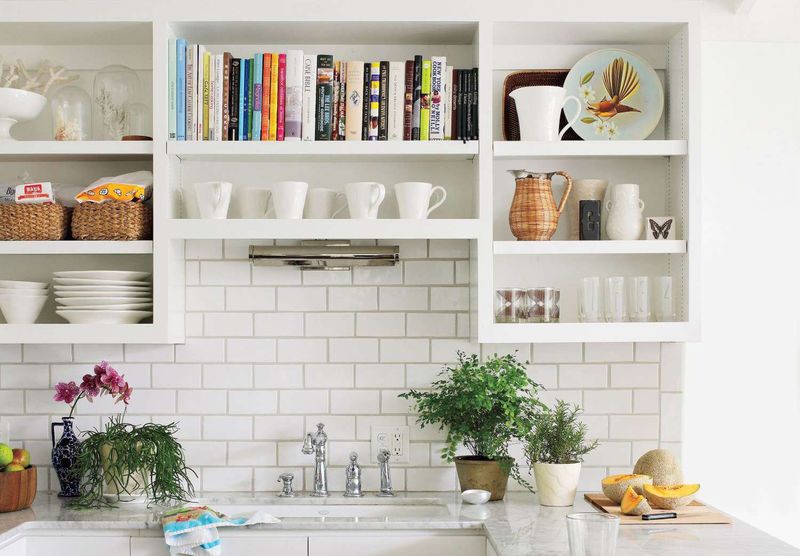
What looks gorgeous in staged photos turns into a dust-collecting nightmare in real life! Open shelving requires constant styling and cleaning to maintain that picture-perfect look.
Unless you’re someone who arranges their cereal boxes by color, this trend demands too much upkeep. Designers are noticing clients returning to practical upper cabinets with doors that hide everyday clutter and protect dishes from grease and dust. Your grandmother’s practical cabinet choices are making a comeback!
5. Waterfall Countertops
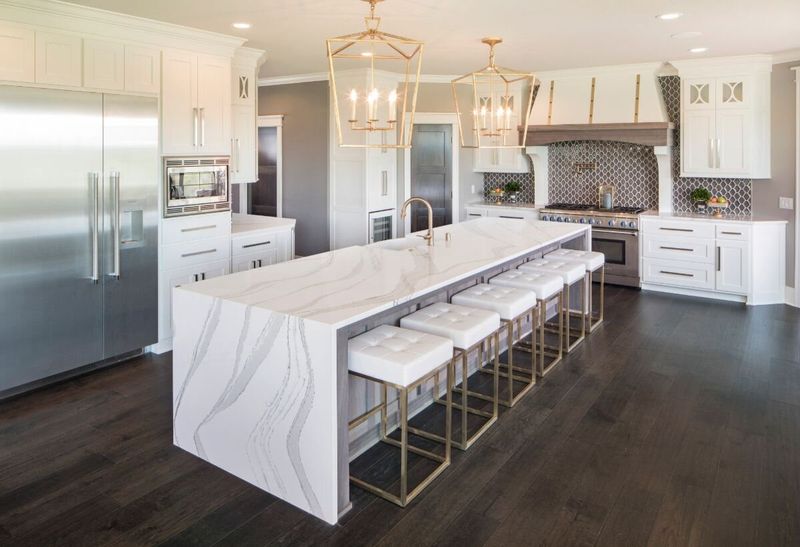
Though visually striking, these dramatic stone slabs that cascade down the sides of islands are falling out of favor. The hefty price tag doesn’t justify the limited functionality they provide.
Designers report clients balking at the cost when they learn that beautiful waterfall edge requires purchasing extra slabs of expensive stone. The trend also creates a rigid, immovable island that can’t adapt as kitchen needs change. Flexibility is becoming more valuable than this showy design element.
6. Industrial Farmhouse Fusion
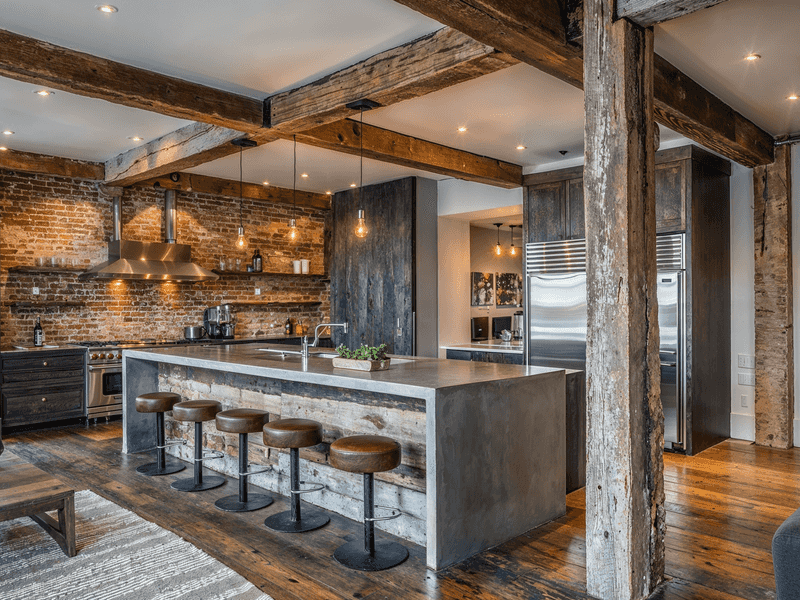
Mixing Edison bulbs with shiplap and barn doors? This confused design mashup is heading for retirement. When two strong styles collide, the result often feels contrived rather than cohesive.
Interior designers note that this trend creates a theatrical rather than authentic feeling in kitchens. Homeowners are increasingly seeking designs that reflect their personal style instead of following hybrid trends.
7. Massive Kitchen Islands

If you need a GPS to navigate around your kitchen island, it might be time to reconsider. These oversized centerpieces have grown to absurd proportions in recent years.
While generous counter space is valuable, designers warn that mega-islands often disrupt kitchen workflow and create awkward walking paths. They also make it difficult to reach items stored in the center. The trend toward more modestly sized, multi-functional islands with thoughtful storage is gaining momentum as homeowners prioritize efficiency over sheer size.
8. Appliance Garages
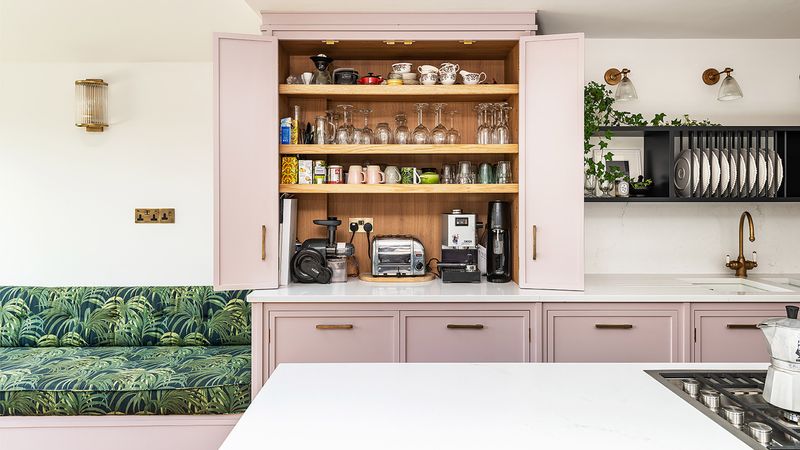
Hiding your coffee maker and toaster behind a special cabinet door seemed like genius until reality kicked in. These dedicated spaces for small appliances often go unused because it’s too much hassle to constantly move items in and out.
Most people prefer keeping frequently used appliances accessible rather than tucked away. Designers report that clients eventually abandon these storage solutions, leaving expensive custom cabinetry wasted.
9. Tech-Overloaded Appliances
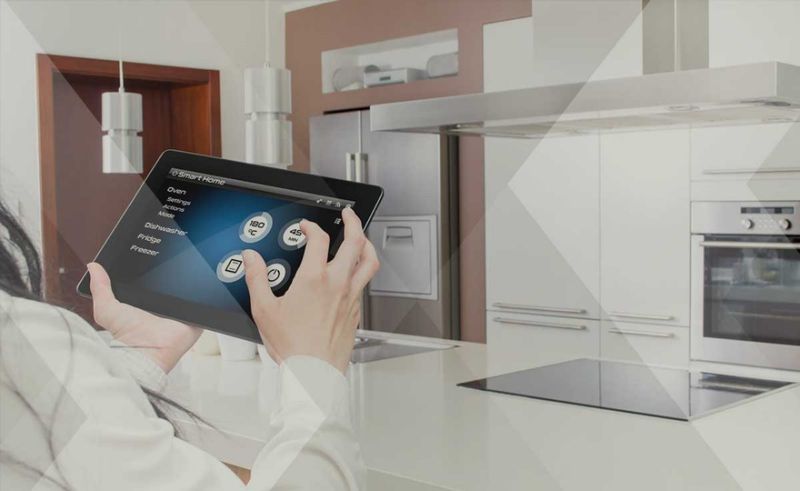
When your refrigerator needs software updates more often than your phone, something’s gone wrong. Over-complicated smart appliances with touchscreens and Wi-Fi capabilities are facing backlash from frustrated homeowners.
Many of these high-tech features go unused while adding significant cost and potential repair headaches.
10. Barn Doors for Pantries
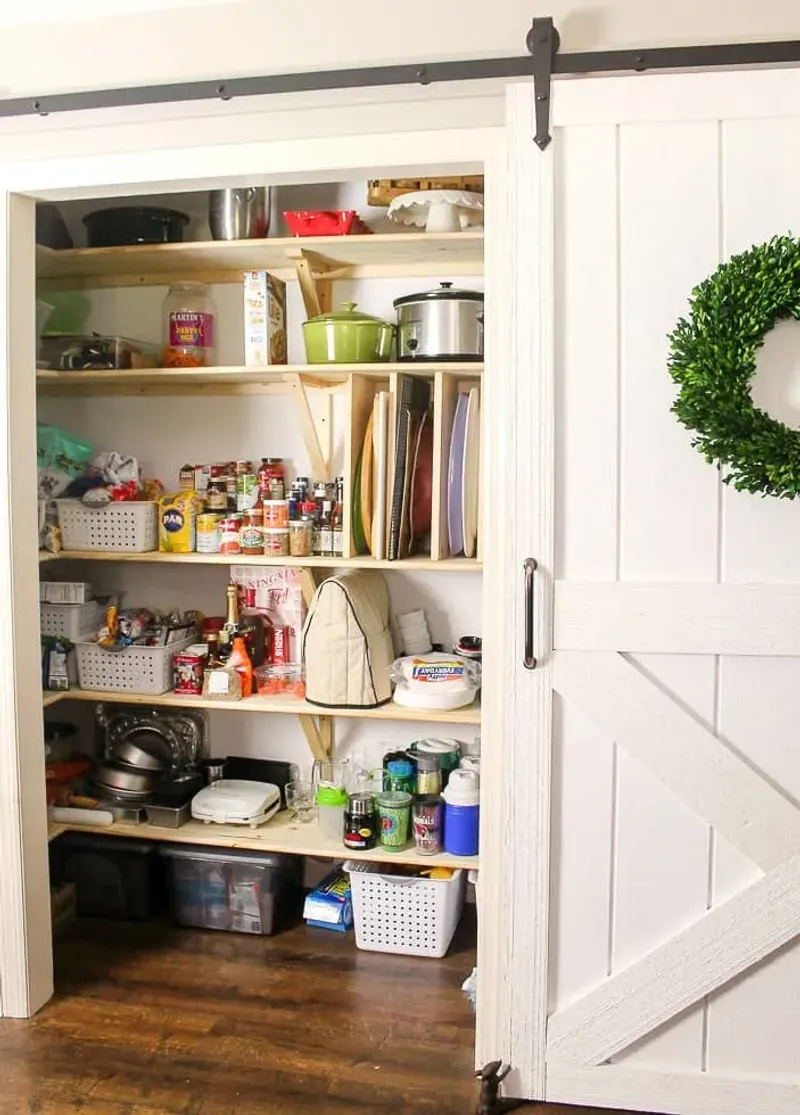
Sliding barn doors might look charming on Pinterest, but they’re proving problematic in real kitchens. These space-consuming doors never fully seal, leaving pantry contents visible and accessible to curious pets or children.
The hardware often becomes wobbly over time, and the doors themselves take up valuable wall space when open. Interior designers are steering clients toward pocket doors or well-designed swing doors that provide better functionality. Form should follow function, especially for high-traffic areas like pantry entrances!
11. Trendy Colored Appliances
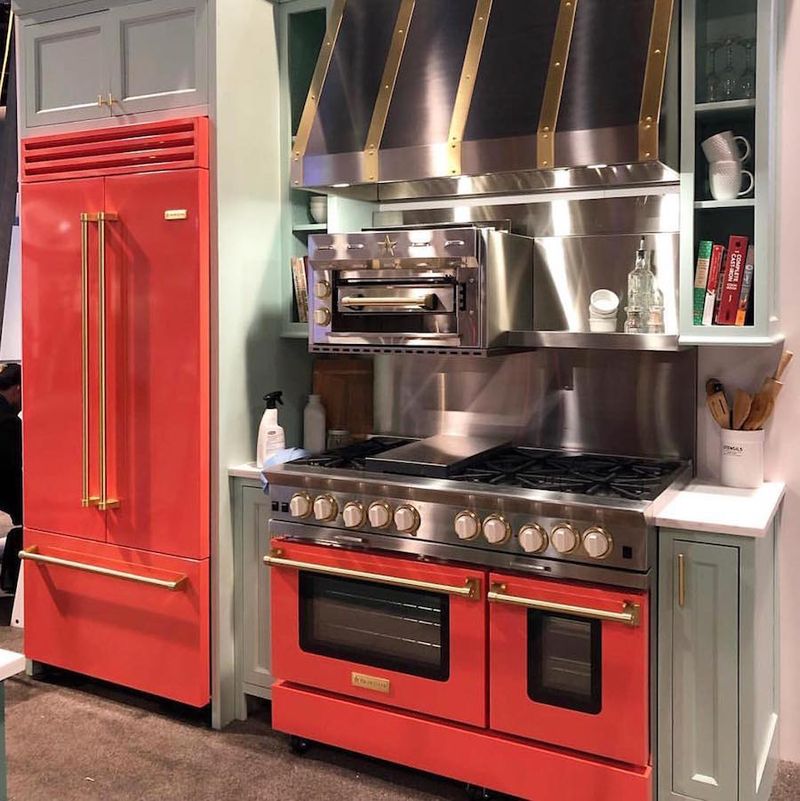
That candy-colored refrigerator or retro mint green range might seem fun now, but will you still love it in five years? Bold appliance colors are proving to be expensive mistakes for trend-following homeowners.
Unlike easily changed accessories, these big-ticket items represent significant investments. The avocado green appliances of the 1970s serve as a cautionary tale!
12. Impractical Drawer Configurations
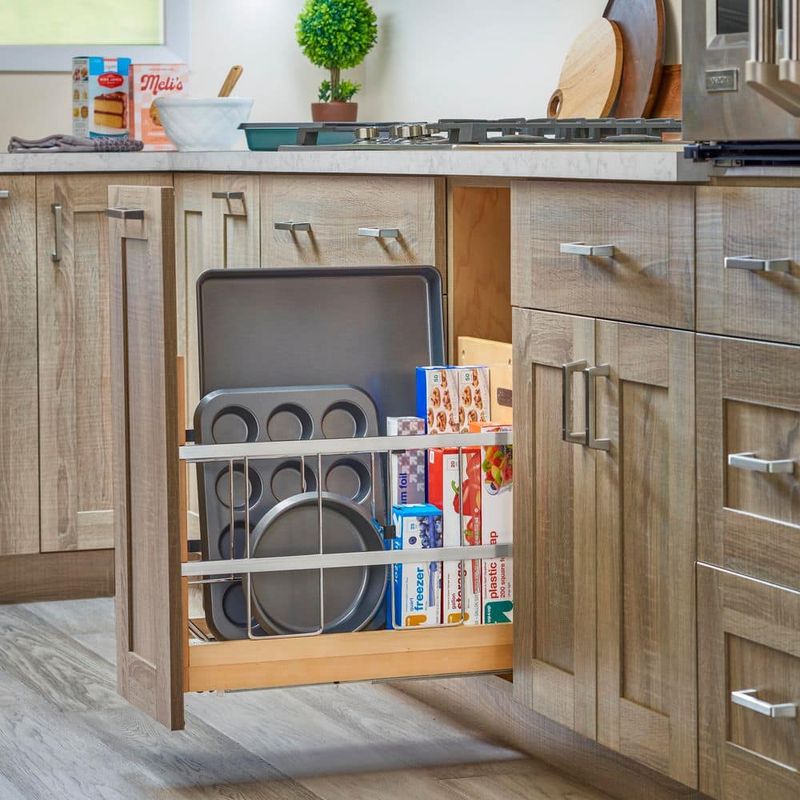
How many spice drawers and vertical dividers for baking sheets does one kitchen actually need? Over-specialized drawer configurations are proving too rigid for evolving kitchen needs.
These custom solutions often can’t adapt when cooking habits or household compositions change. Interior designers are recommending more flexible storage systems with adjustable components that can evolve over time. The kitchen should work for how you actually live, not how a cabinet designer thinks you should organize your utensils!
1. Overly Themed Kitchens

Going all-in on coastal, Tuscan, or farmhouse themes has created kitchens that feel more like movie sets than functional spaces. These heavily themed designs date quickly and can feel inauthentic.
Interior designers are advocating for more subtle nods to favorite styles through carefully chosen accessories rather than permanent themed elements. This approach allows for easier updates as tastes evolve.
2. Ceiling-Height Backsplashes
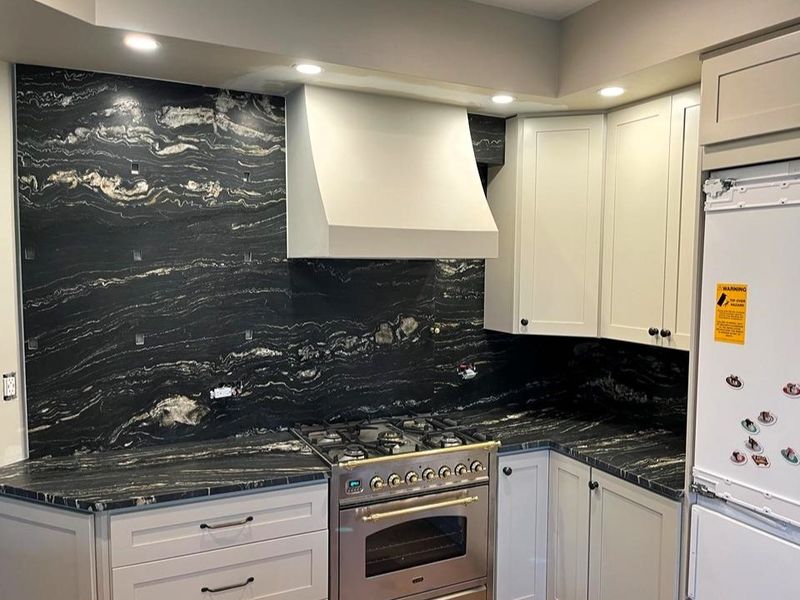
When backsplashes started climbing all the way to the ceiling, cleaning routines became a mountaineering expedition! These dramatic wall treatments require serious maintenance, especially in cooking zones.
Grease and cooking residue don’t stop at conventional backsplash height, making those upper portions difficult to keep pristine. The pendulum is swinging back toward practical backsplash heights with complementary paint or wallpaper above for visual interest without the cleaning headaches.
3. Wine Refrigerators in Kitchen Islands

Nothing says “I have my priorities straight” quite like dedicating prime kitchen real estate to wine storage! These built-in fridges often generate heat and noise while taking up valuable storage space.
Most homeowners don’t need constant access to temperature-controlled wine. The trend is moving toward flexible storage solutions or dedicated beverage areas outside the main cooking zone, freeing up island space for more practical everyday uses.
4. Pot Filler Faucets
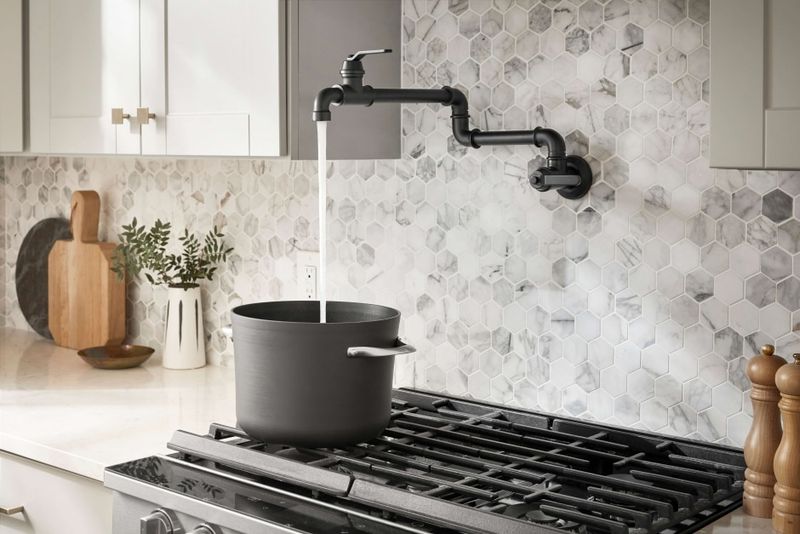
Having a special faucet just to fill pasta pots sounds convenient until you realize the water still needs to be carried to the stove when emptying. This single-purpose fixture often becomes an expensive ornament.
Few home cooks actually benefit enough from this specialized feature to justify the installation costs and potential water damage risks. Designers note that improved sink designs and pull-down faucets accomplish nearly the same function without the added plumbing complications. Sometimes less really is more!
5. Ultra-Matte Finishes
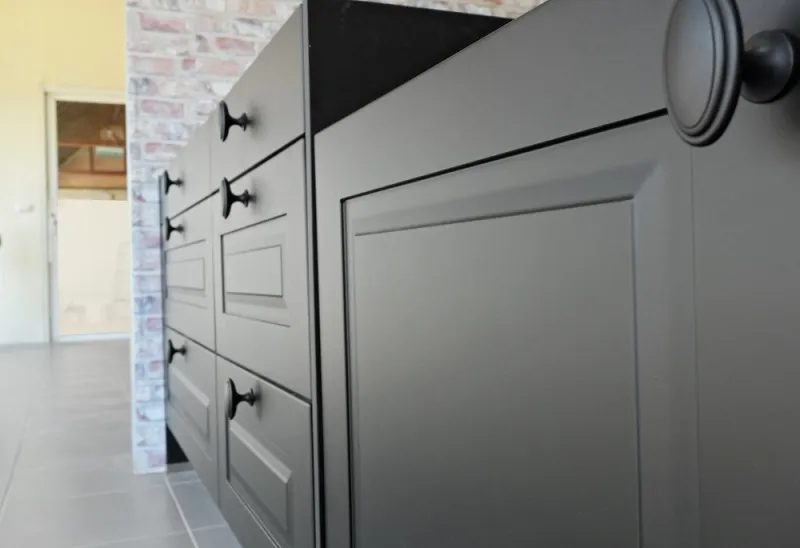
Fingerprints, smudges, and water spots have become the sworn enemies of anyone with trendy matte black or navy cabinets. These sophisticated finishes look stunning in showrooms but quickly become maintenance nightmares in busy kitchens.
Every touch leaves a visible mark that requires immediate attention. The industry is shifting toward more forgiving satin or semi-gloss finishes that maintain visual interest without requiring constant polishing. Beauty shouldn’t require full-time upkeep!

